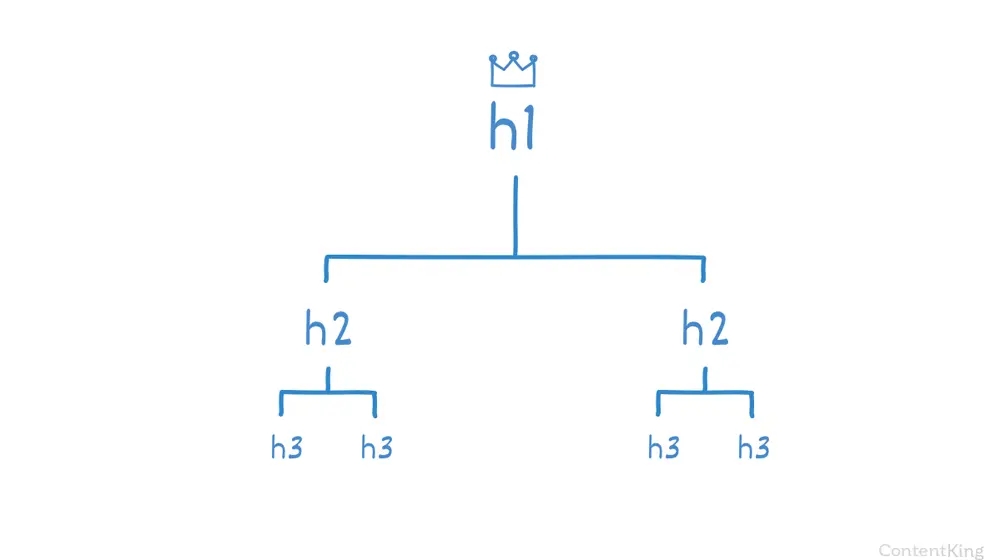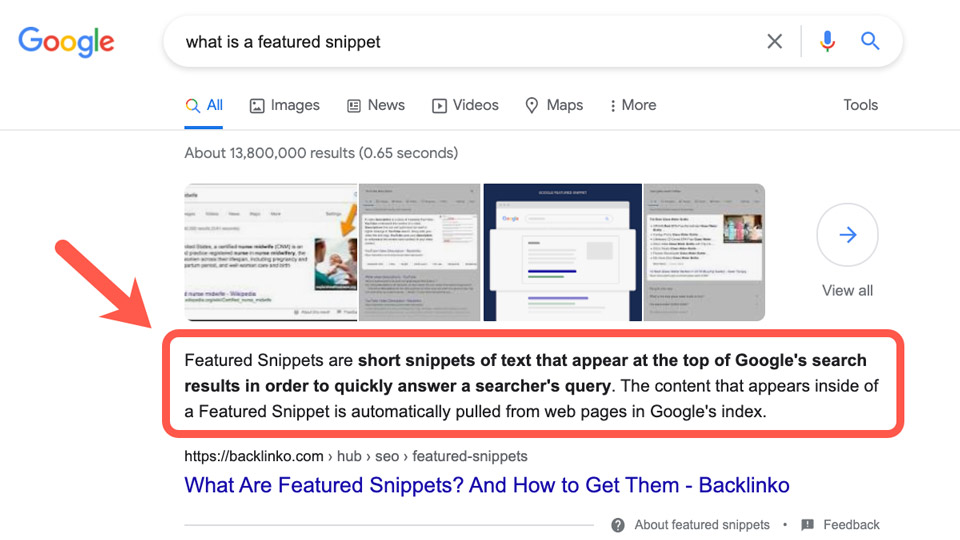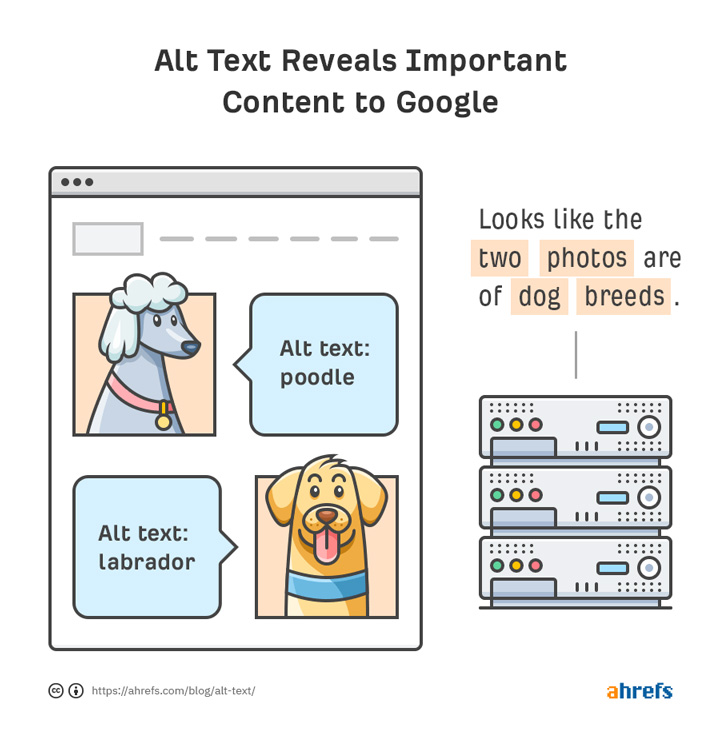Search engine optimization (SEO) is an important aspect of online content creation. It ensures that your content is easily discoverable and visible to users through search engine results pages (SERPs). However, creating SEO-optimized content is not just about incorporating relevant keywords, but also about formatting and structuring your article in a way that is both reader-friendly and search engine-friendly.
In this article, I will delve into the key elements of a well-structured and SEO-optimized page.
1. Keywords in Page Title

The title of your article is an essential element for both readers and search engines. It should accurately describe the content of your page and include relevant keywords. It’s important to note that your title should not be overly long and should be between 50-60 characters in length.
2. On-Page Title in H1 HTML Tag

Image Source: Sitechecker
The main title of a page should be the only H1 HTML tag on the page. This is the main heading of your article and should accurately reflect the content of your page. It’s also a good place to include your main keyword. Your H1 tag should be concise and should generally not exceed 70 characters.
3. Keywords in URL
![]()
Including relevant keywords in the URL of your article can help search engines understand the content of your page. For example, if your article is about “best hiking trails in Abuja,” a good URL structure could be “www.yourwebsite.com/best-hiking-trails-abuja”. This makes it easier for search engines to categorize and index your content. It also serves as a pointer to the content of the page – when shared on social media or via peer-to-peer messages.
4. Other Relevant Keywords & Synonyms in H2 & H3 Tags

Image Source: Heading Hierarchy Contentkingapp
Subheadings (H2, H3, etc.) play an important role in organizing your content and making it easier for readers to navigate. H2 and H3 tags are second-level and third-level headings respectively and should include other related keywords and(or)synonyms of the main keyword. Including keywords in H2 and H3 tags helps search engines understand the content of your article and can improve your search engine ranking.
5. Featured Snippet Text

Featured snippets are summaries of information that appear at the top of search engine results pages. These snippets provide users with a quick overview of the content on your page. Including short and direct answers to questions about relevant keywords in your content will improve your chances of your content appearing as a snippet for those queries. Appearing as a featured snippet will improve visibility to the rest of your content.
6. Page Meta Information

Meta information includes the meta title, meta description, and meta tags. These elements provide a brief overview of your article’s content to search engine crawlers and potential readers. The meta title and meta description appear on SERPs, while meta tags are used to provide additional context to search engines. The optimal length for the meta title and meta description should be between 50-60 characters and 155-160 characters, respectively.
7. No-Follow and Do-Follow Links

Image Source: Seobuddy
Links are an essential component of SEO. No-follow links are links that do not pass any link equity to the linked page. Do-follow links are links that pass link equity to the linked page. It is important to have a mix of no-follow and do-follow links on a web page to maintain a healthy link profile.
8. External and Internal Links
External links are links that point to other websites. Internal links are links that point to other pages within the same website. It is important to have a mix of external and internal links on a web page. External links should be to high-quality websites, while internal links should be used to guide users to other relevant pages on the same website.
9. Featured Images & Social Sharing

Social media sharing is an excellent way to increase the visibility of a web page. The web page should have social sharing buttons to make it easy for users to share the content on their social media profiles. Pages should also incorporate a relevant and catchy featured image – along with the Page Title and Taglines it is key to describing the content at the end of the shared link to users on the various platforms.
10. Alt-Text

Image Source: ahrefs
Alt-text is the text that appears when an image fails to load on a web page. It is also used by screen readers for visually impaired users. Alt-text is an important component of search engine optimization because it allows search engines to understand the content of the images on a web page. The alt-text should be descriptive and contain the primary keyword or keywords describing the image.
11. Readability
The readability of the content is crucial for search engine optimization. Page content should be easy to read and understand for the target audience. Using short paragraphs, bullet points, and subheadings can make the content more readable.
Learn more on readability at Grammarly
12. Content-Length
The length of the content on a web page can impact its search engine ranking. Longer articles tend to rank better than shorter articles. However, it is essential to ensure that the content is relevant and engaging to the audience.
13. Page Speed
Page speed is a crucial ranking factor that impacts both user experience and search engine rankings. To optimize your post for page speed, compress and resize images – as best as possible, minify page code page (CSS & JavaScript), and use a content delivery network (CDN) to deliver your site’s content more efficiently.
Learn more about page speed and how it influences SEO.
In conclusion, creating search engine optimized content requires more than just including relevant keywords. The content, structure, formatting, content-length, readability, shareability, accessibility and load-time of your page play a huge role in making your content more visible to search engines and users. By following the guidelines above and incorporating them in your publishing checklist you can improve your search engine ranking, make your content more discoverable, and attract more organic traffic.
Ascend is a Web development Agency located in Abuja – Nigeria. We are specialists at website development, online advertising & branding. Contact us to find out more.